Isotope Model
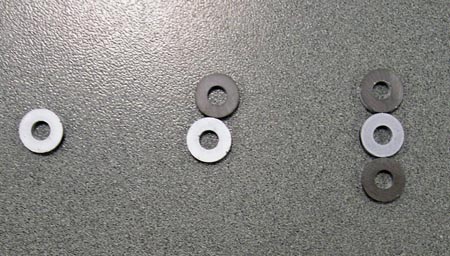
Model isotopes of the elements using magnets.
Material
A non magnetic tabletop.
10 disk magnets with one color, mine are painted white
10 disk magnets with a different color, mine are painted black, both sets of magnets should be the same size.
To Do and Notice
The white magnets represent protons and the black ones neutrons.
Place one proton on the table. This is the nucleus of hydrogen. See the image above.
Note if your magnet is 1 cm in radius then the hydrogen atom's electrons cloud has a radius 105 times larger or 1 km. Nuclei are small.
Hydrogen has a stable isotope named deuterium, 2H, or 2D, with one proton and one neutron, protons and neutrons attract via the strong nuclear force so turn one white magnet and one black magnet so that they attract.
Hydrogen has a radioactive isotope named tritium, 3H, with one proton and two neutrons. Place one white and two black magnets on the table so that the white magnet attracts both black magnets. (In real life neutrons attract via the strong nuclear force, in this model the neutrons repel and that is not correct.)
Next make the isotope for element number 2 on the periodic table Helium-4, 4He, remember the name and number of the element is determined by the number of protons.
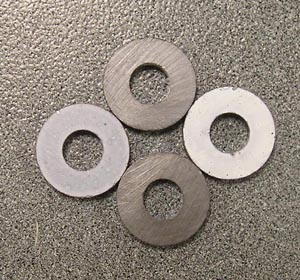
For our activity investigating oxygen isotopes make the nuclear model for oxygen-16, oxygen is element number 8.
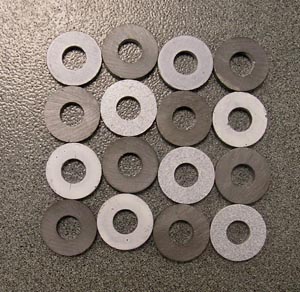
Next make the nuclear model for oxygen-18.
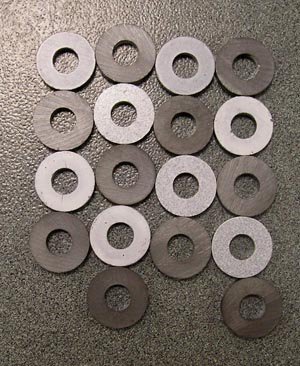
Going Further
Investigate the creation of carbon-14 in the atmosphere. Begin by making a model of the nucleus for nitrogen-14, nitrogen is element number 7, carbon is element number 6. A cosmic ray transmutes nitrogen into carbon. As you go from nitrogen to carbon notice what changes. Carbon 17 then decays into nitrogen -14 with a half life of 5700 years. Model this with your magnets as well.
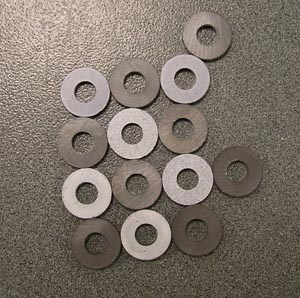
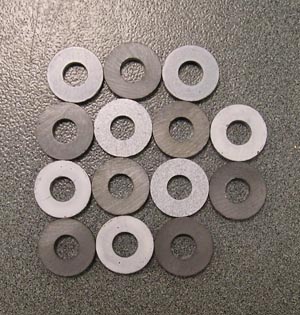
A proton and a neutron are each made of three quarks. The proton is two up quarks and a down, the neutron is two down quarks and an up. The weak nuclear interaction can change a down quark into an up and also an up quark into a down thus turning neutrons into protons and with the addition of energy and an electron protons into neutrons.